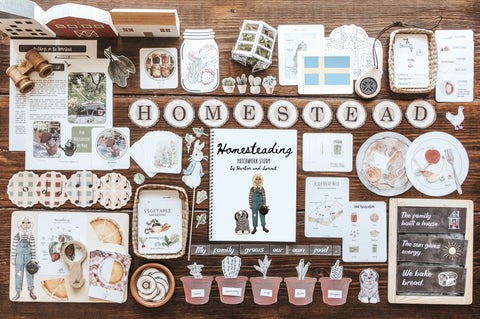
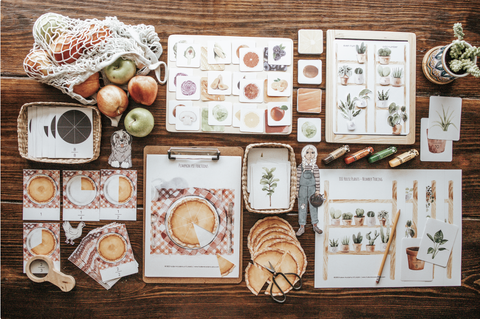
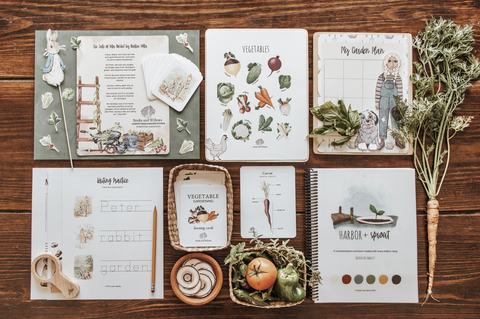
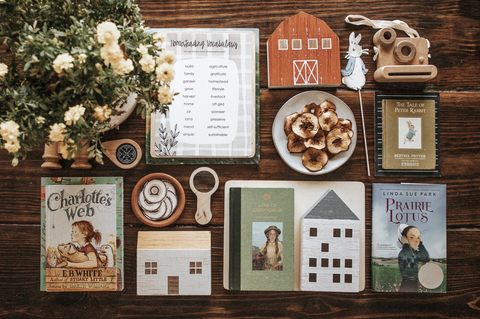
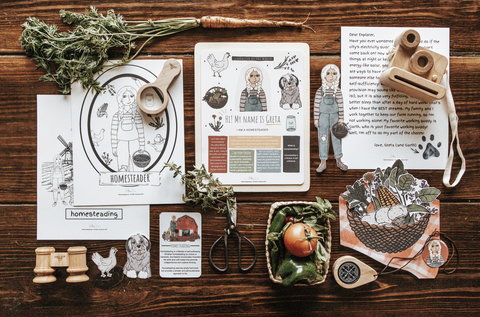
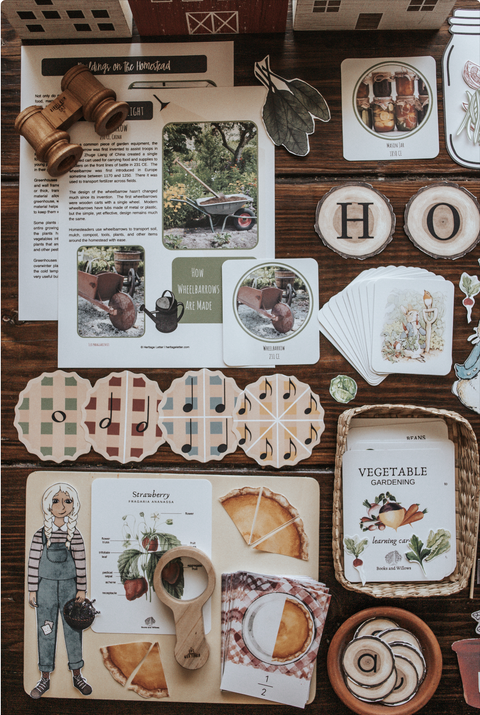
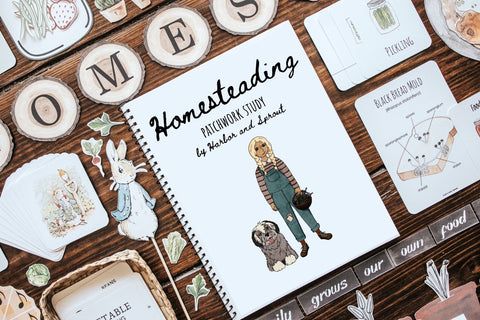
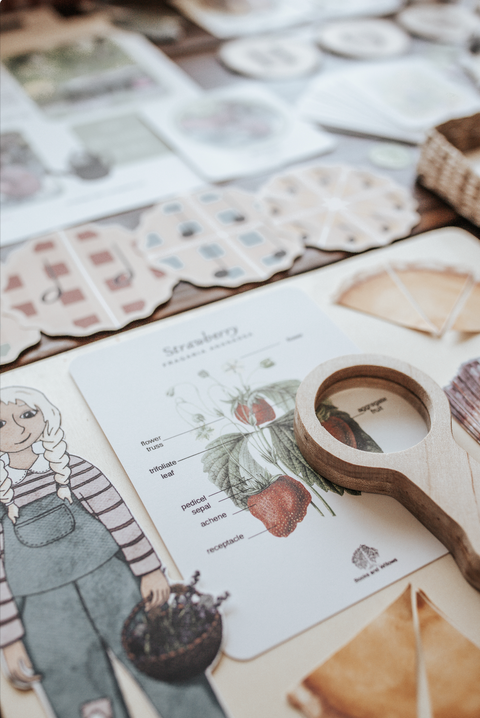
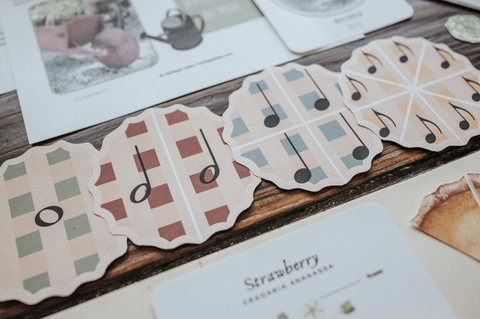
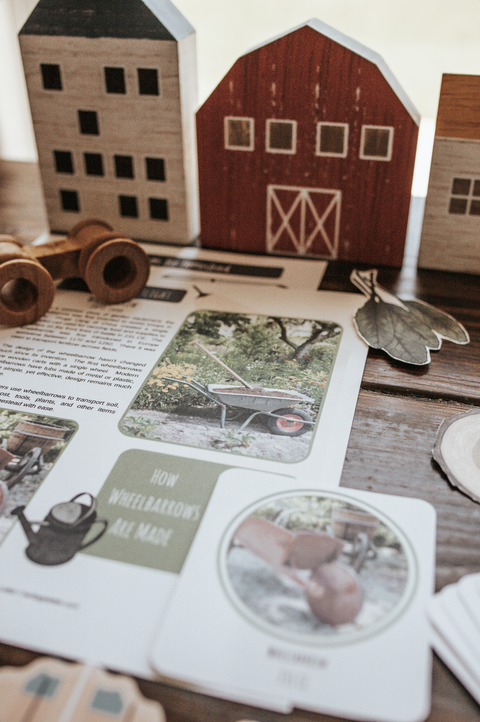
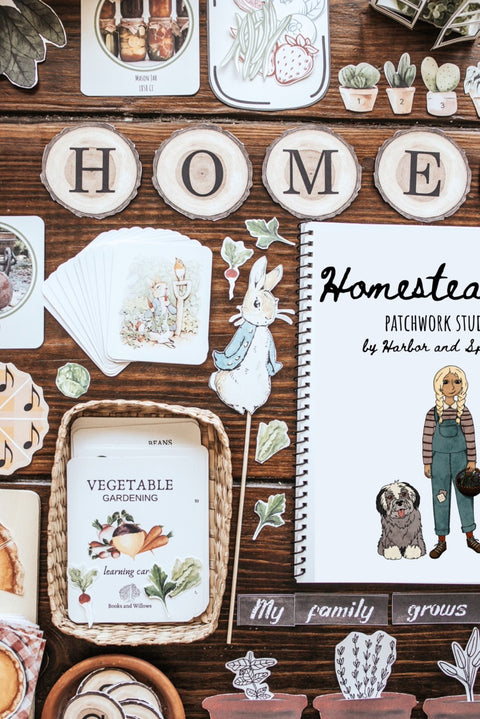
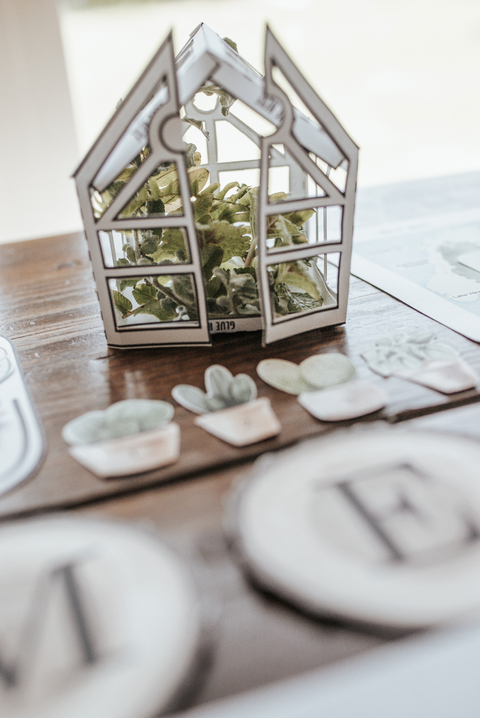
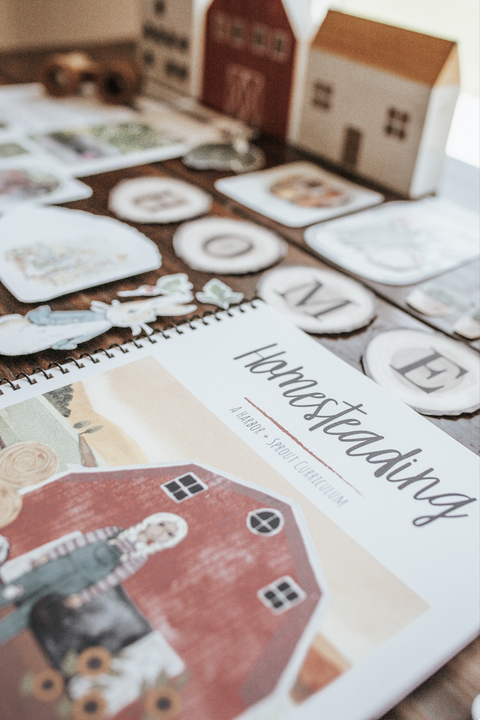
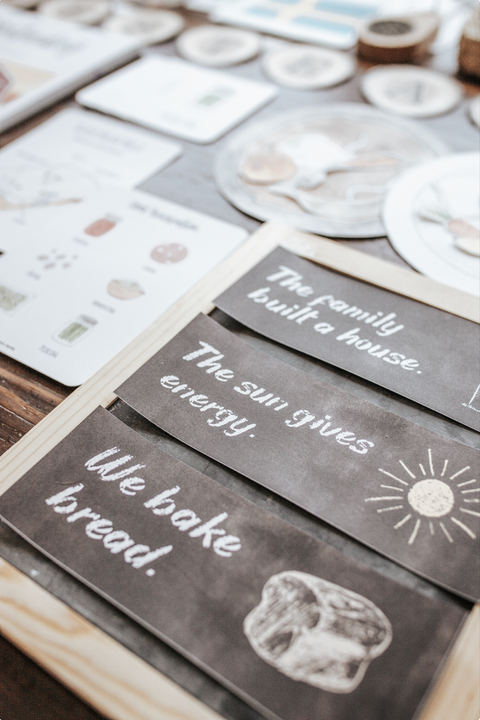
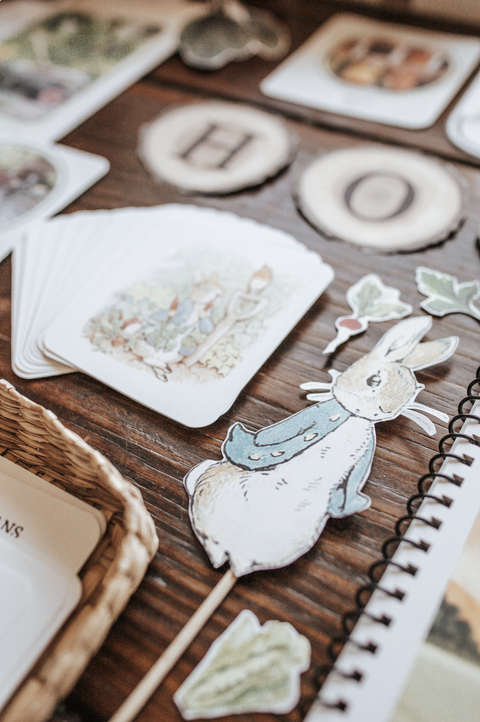
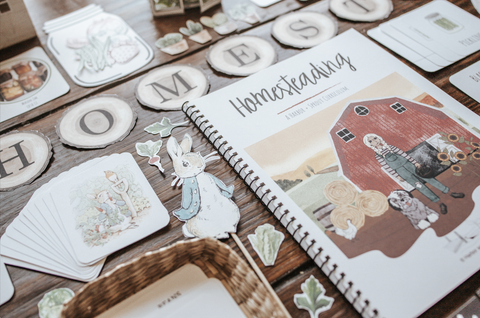
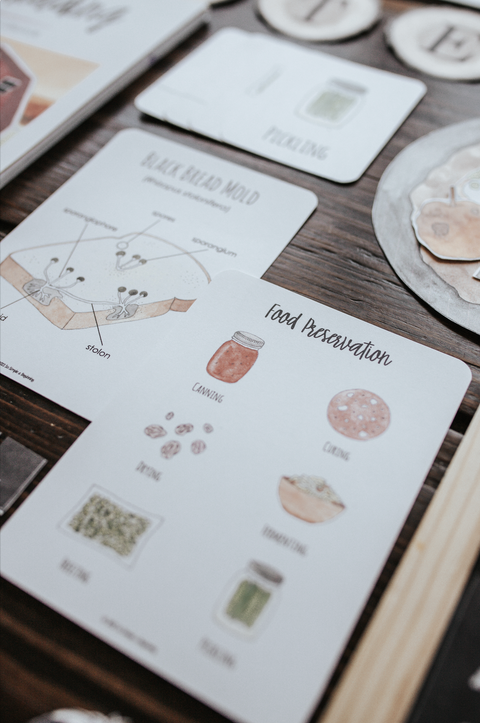
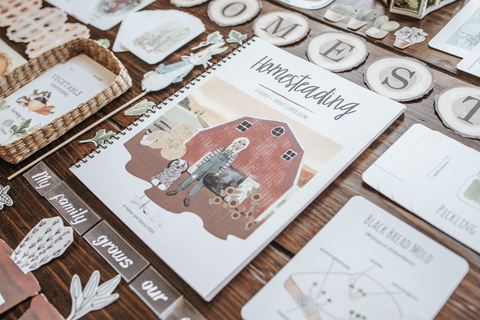
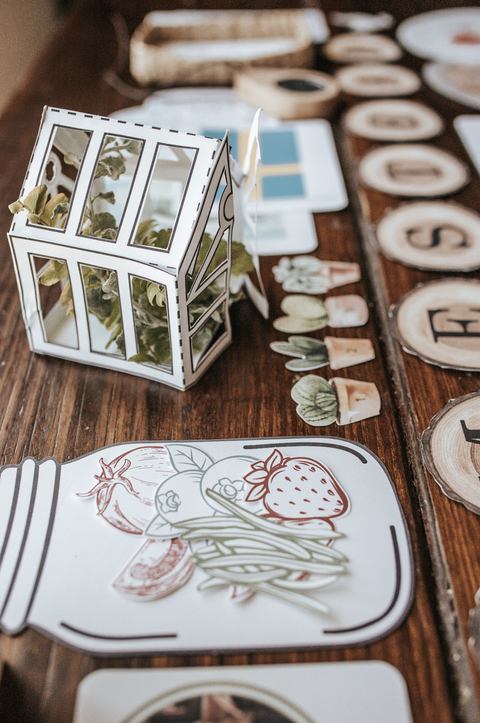
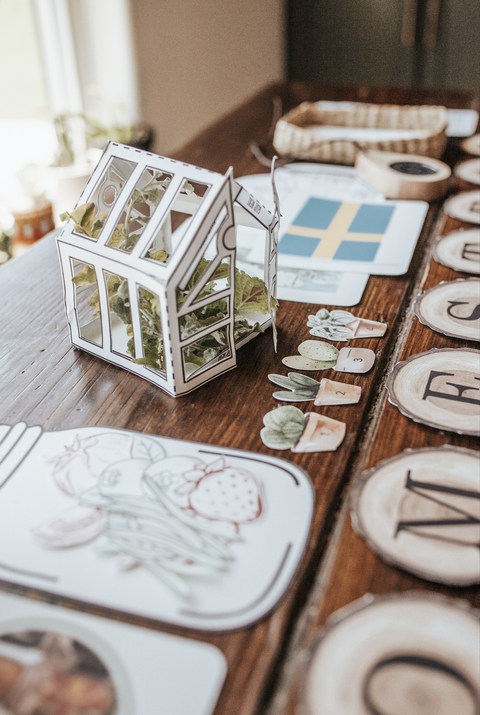
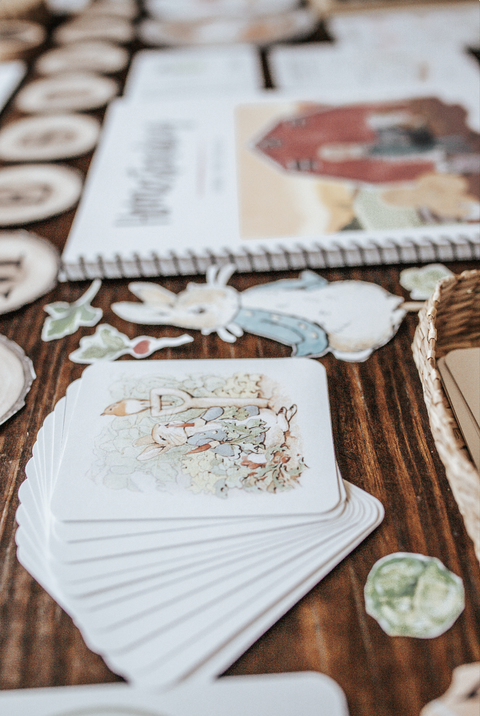
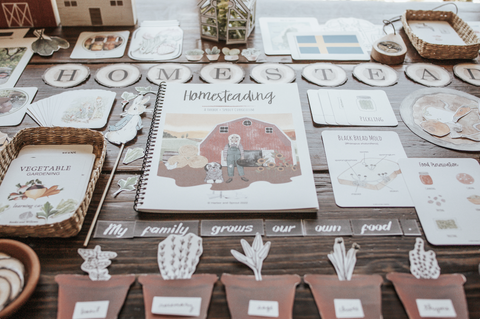
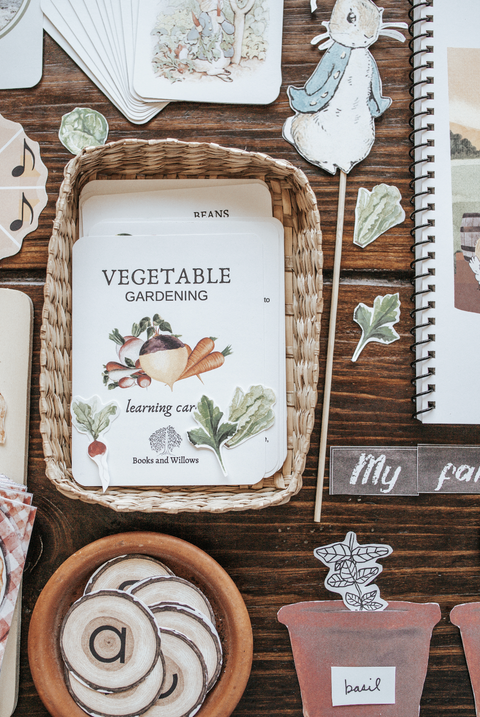
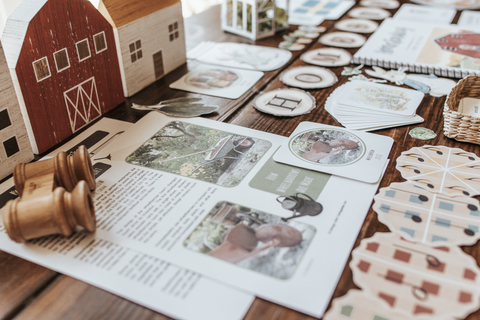
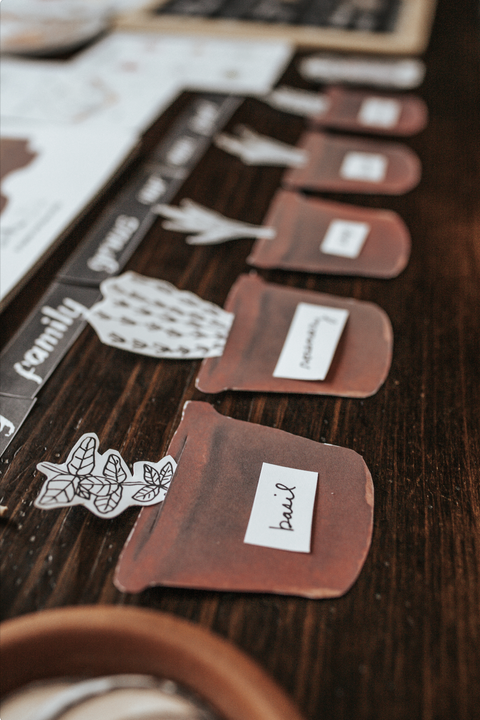
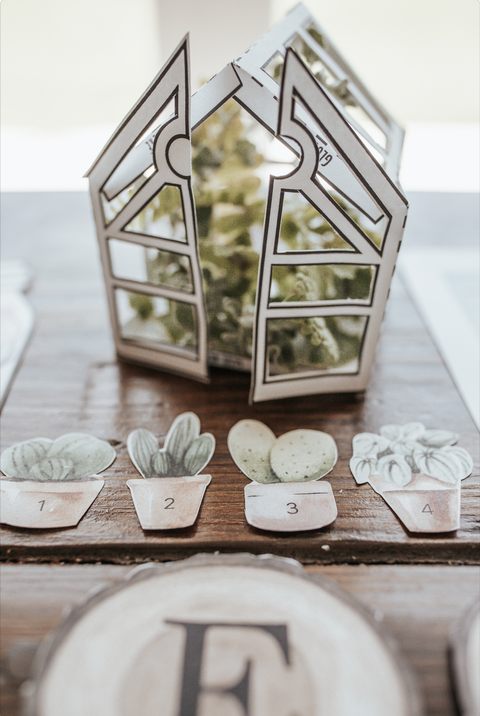
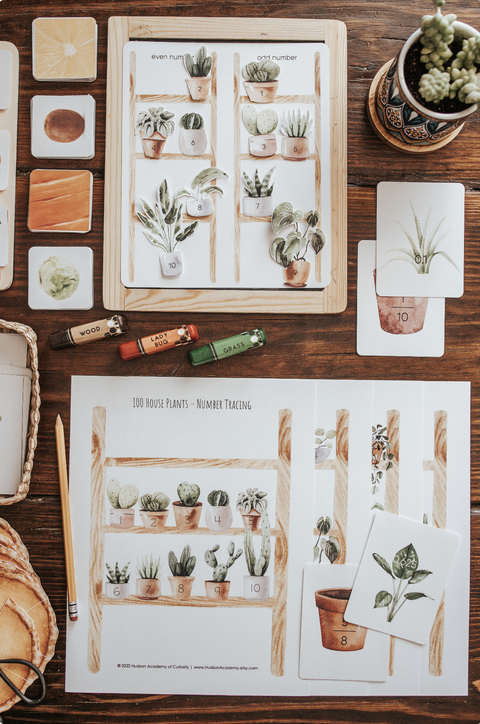
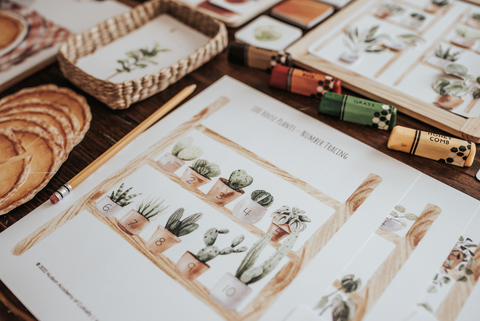
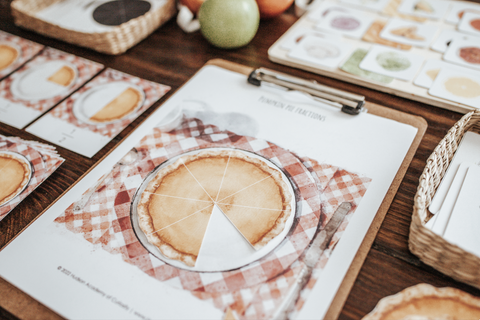
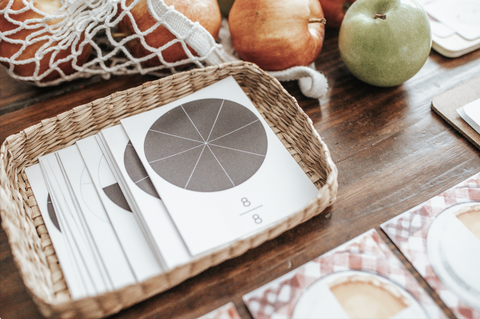
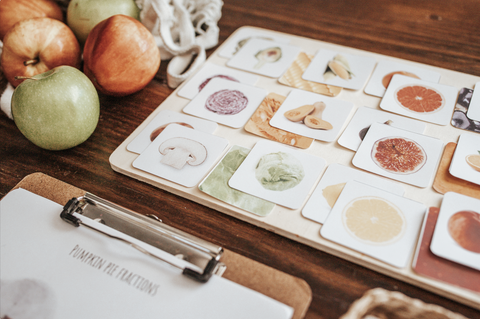
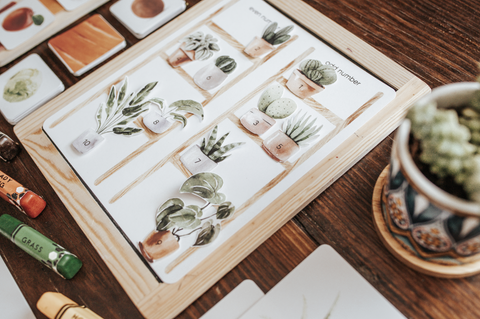
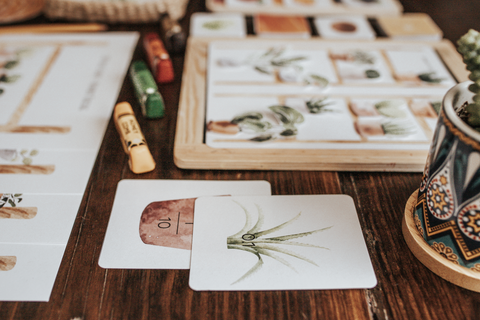
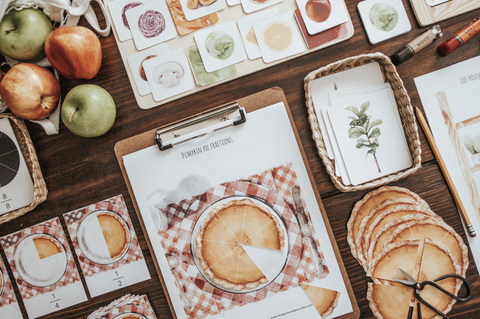
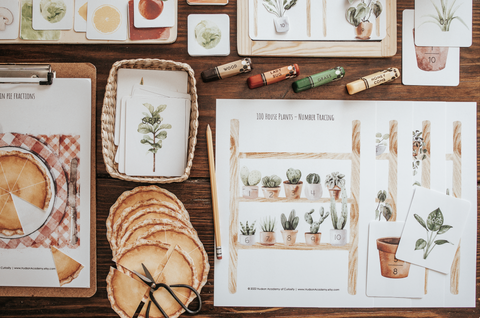
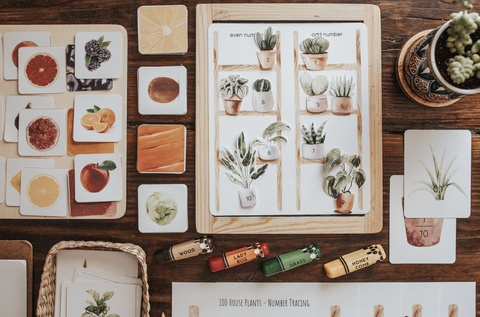
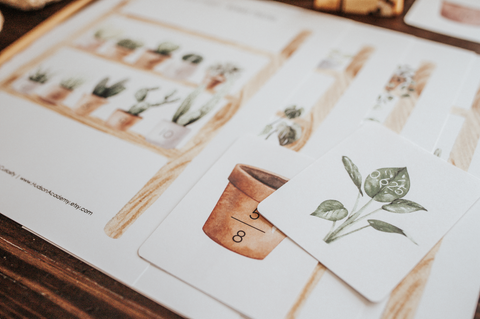
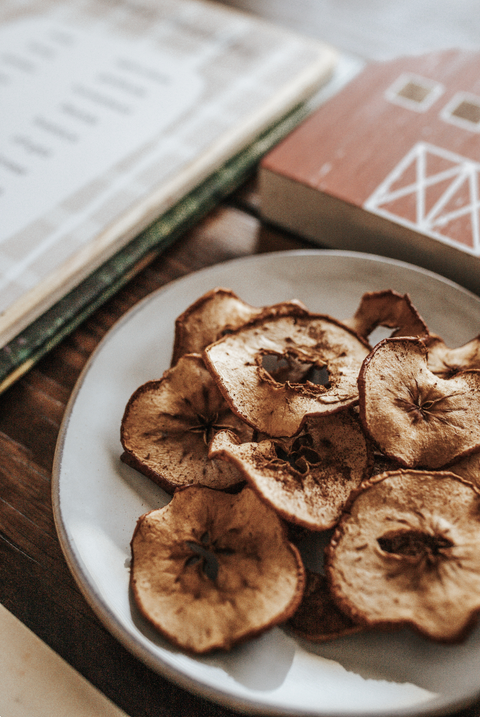
Harbor and Sprout
Homesteading & Sustainable Living Patchwork Study
$30.00
$30.00
Welcome to the Harbor + Sprout Homesteading and Sustainable Living Patchwork Study, originally released in September 2022 and updated June 2024. This unit study features 4 weeks of lesson plans and materials covering all 9 of our core subjects plus a playful supplemental section of thematic activities. This unit study is meant for use by children ages 3-12.
This unit is delivered via a secure link as a digital download. Shop our corresponding Morning Basket Pack by Rebecca Clarke of Whimsy Printables here!
CONTENT:
Handbook
- Daily, weekly, and monthly planning pages
- Booklist including stories, poems, and field guides with recommended ages, subject correspondence, and brief summaries for each title
- Lesson plans for 4 levels of learning
- Family read-aloud recommendations
- Character kit- new monthly character illustrated by Stephanie Groves to act as your guide through the unit
- Unit Recipe
- Supply List
LESSONS
Science
- Lesson 1: When Good Food Goes Bad: In this lesson, you will explore the science of microbes and how they cause food to spoil, what to do when food spoils, and how to spot spoilage. You will set up your own experiment to demonstrate food rotting over time.
- Lesson 2: Food Mold: In this lesson, you will explore the science of mold. You will learn about components of mold, the environment in which mold thrives, how/why it grows on food, how to spot it, and the difference between good and bad mold.
- Lesson 3: Food Preservation: In this lesson, you will explore how and why we preserve food. You will learn how to slow down spoilage, different methods of preserving food, and the history of food preservation.
- Lesson 4: Food Preservation Experiment: In this lesson, you will further explore food preservation. You will take what you have learned in the previous lessons and conduct your own food preservation experiment.
Nature Study
- Lesson 1: Propagation: In this lesson, you will discover the parts of a seed, learn the four elements a seed needs for germination, explore how some plants are grown from cuttings, and discuss plant propagation from divisions and grafting.
- Lesson 2: Vegetable Gardens: In this lesson, you will discover what a plant needs to grow, explore different soil types, and learn what makes a vegetable different from a fruit. You will try your hand at starting your own vegetable patch.
- Lesson 3: Fruit Gardens: In this lesson, you will learn how compost is made, discover how a flower turns into a fruit and the different types of fruit plants make, explore strawberry anatomy, start your own gardening journal, and conduct an experiment.
- Lesson 4: Herb Gardens: In this lesson, you will learn about the benefits of companion gardening and natural pest control, explore some common herbs you can plant in your own garden, and make your own herb garden markers.
Language Arts
- Lesson 1: Homesteading Words: In this lesson, you will discover homesteading words, use your spelling skills to make a homesteading family craft, and demonstrate your growing vocabulary through various activities.
- Lesson 2: Peter Rabbit: In this lesson, you will read and study The Tale of Peter Rabbit through narration, puppet play, summarization, comprehension cards, story study, sequencing, letter formation, and writing practice.
- Lesson 3: Word Order: In this lesson, you will explore word order in the English language, then demonstrate your comprehension by completing sentence puzzles, free play, labels, and story editing.
- Lesson 4: Acrostic Poetry: In this lesson, you will learn how to create and structure acrostic poetry and read a poem by Lewis Carroll.
Writing
- Lesson 1: How to Give Directions in Writing: In this lesson, you will begin your adventure of the procedural writing process. You will learn how to use appropriate vocabulary in order to give accurate directions and use real life examples of when to use such language.
- Lesson 2: How To Complete a Task: In this lesson, you will learn about another form of procedural writing: how to complete a task. You will discover transitional words and how to use them in your procedural writing.
- Lesson 3: How to Make Something: In this lesson, you will learn how to teach someone how to make something through procedural writing. You will practice using your descriptive words learned from previous lessons and how utilizing visual aids can benefit your writing.
- Lesson 4: How To Be: In this lesson, you will explore our “Do, Make, Be” charts. You will decide whether you want to research how to “be” something or teach someone else how to “be” something you are already familiar with.
History
- Lesson 1: Planting on the Homestead: In this lesson, you will learn about what makes someone a homesteader, the origins of homesteading, and the factors that affect planting on the homestead. You will read a cultural spotlight about sisters in agriculture.
- Lesson 2: Working on the Homestead: In this lesson, you will discover what it takes to work on the homestead, including equipment, tools, and animals that reside there. You will read about the wheelbarrow, and how it is made and used.
- Lesson 3: Buildings on the Homestead: In this lesson, you will explore the different buildings on the homestead, what they are used for, and how they help make the homestead successful and sustainable. You will read about the history of the windmill.
- Lesson 4: Preserving on the Homestead: In this lesson, you will learn about the different ways of preserving food on the homestead, why it is important to preserve food, and the benefits of this self-sufficient skill. You will read about the history of mason jars.
Geography
- Lesson 1: Sweden: In this lesson, you will explore Sweden, where it is located on the map, physical details, and facts about the culture of the country. You will listen to Sweden’s national anthem and recreate its flag.
- Lesson 2: Maps: In this lesson, you will familiarize yourself with the world map and the map of Sweden.
- Lesson 3: Swedish Culture and Traditions: In this lesson, you will learn about the Swedish language, culture, cuisine, art, and traditions. You will learn about how many of these aspects of Swedish life came about and the importance of them to the Swedish people.
- Lesson 4: Sustainable Sweden: In this lesson, you will explore sustainability and renewable energy. You will learn the definition of these concepts, ways to live more sustainably, and the different sources of renewable energy.
Music
- Lesson 1: Rhythm Pie: In this lesson, you will discover the difference between rhythm and beats, how to read and write musical notation, and how to break down these concepts with a visual aid called a rhythm pie.
- Lesson 2: Musical Fruit: In this lesson, you will expand your rhythm knowledge by mixing and matching different beats to create new rhythms.
- Lesson 3: Harvest Songs: In this lesson, you will explore the process of the harvest, the history of the Zuni people and how they incorporated music and dance into their traditions, and the role music plays in important celebrations.
- Lesson 4: Country Music in Homesteading: In this lesson, you will discover the history of country music, the common instruments used to create the unique sound, how this style of music came to be, and the underlying themes throughout this genre of music.
Art
- Lesson 1: Chickens: In this lesson, you will explore chickens through a variety of expressive art forms, study your spotlight artist, Jimmy Lee Sudduth, and learn about making art with homemade paint and other household instruments.
- Lesson 2: Herbs: In this lesson, you will identify, present, and represent herb art as you study the spotlight artist, Elizabeth Blackwell. You will explore the benefits of herbs in our lives and diets, including healing herbs and smudge sticks.
- Lesson 3: Veggies: In this lesson, you will discover Giuseppe Arcimboldo, revel in his unique art, and imitate his style in a veggie self-portrait. You will learn to make art with veggies and other things found on the homestead.
- Lesson 4: Garden: In this lesson, you will learn how to build a variety of garden representations using artistic styles by investigating Camille Pissarro and his portrayal of gardens.
Math
- Lesson 1: Numbers: In this lesson, you will explore form and sequence of numbers, according to your learning level.
- Lesson 2: Fruits and Veggies Details Matching: In this lesson, you will use spatial awareness and your observation skills to match different aspects of fruits and vegetables in a variety of forms.
- Lesson 3: Odd, Even, and Fractions: In this lesson, you will use plants and pie to investigate odd/even, fractions, and other mathematical functions.
- Lesson 4: Fraction and Decimal Matching: In this lesson, you will discover fractions and decimals and their relation to one another.
Supplement
Nature Activities
- Coloring Sheets
- Fruit or Vegetable Sorting
- Homesteading Word Build
- I Spy and Count Game
- Homesteading Memory Match
- Number Cards
- Number Clip Wheel
- Number Match
- Whose Barn Activity
Thematic & Bilingual Activities
- Recycle 3 Part Cards (Spanish)
- 3 R's Sorting Game (Spanish)
- Homesteading Word Search
- My Earth Clip Cards
Each lesson comes with a lesson plan split into 4 distinct levels of learning to help you use the materials for your child's individual needs. This allows for family-style learning for ages 3-12 and years worth of connection and education!
